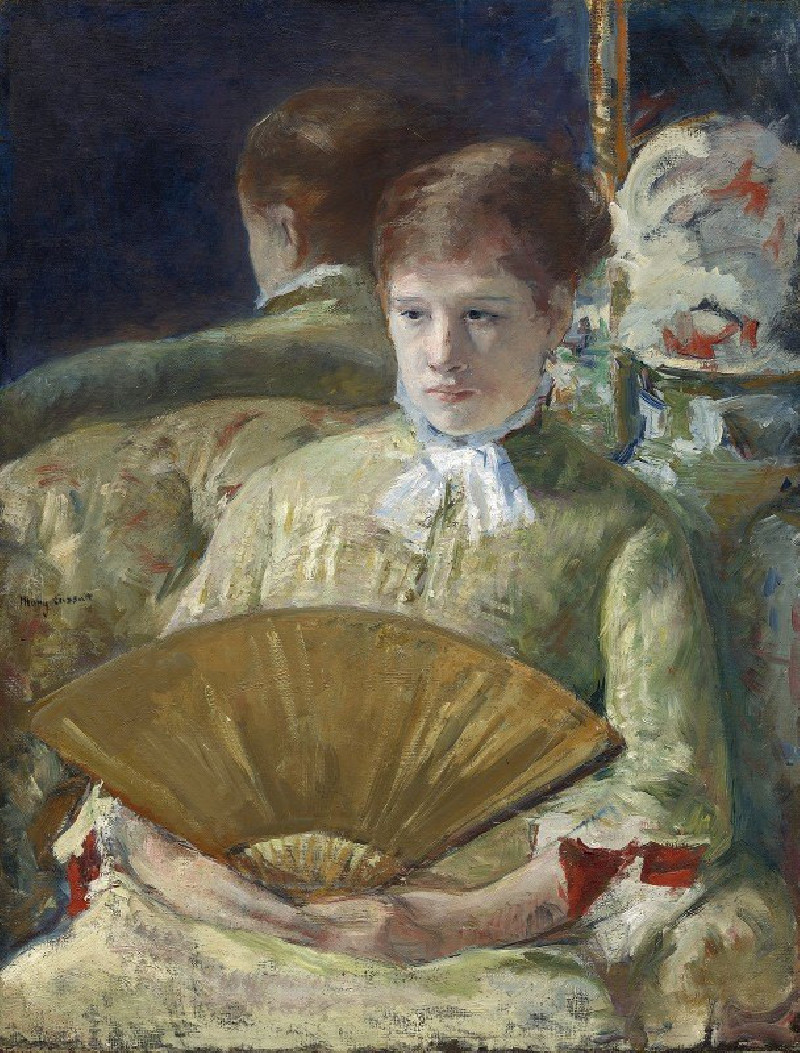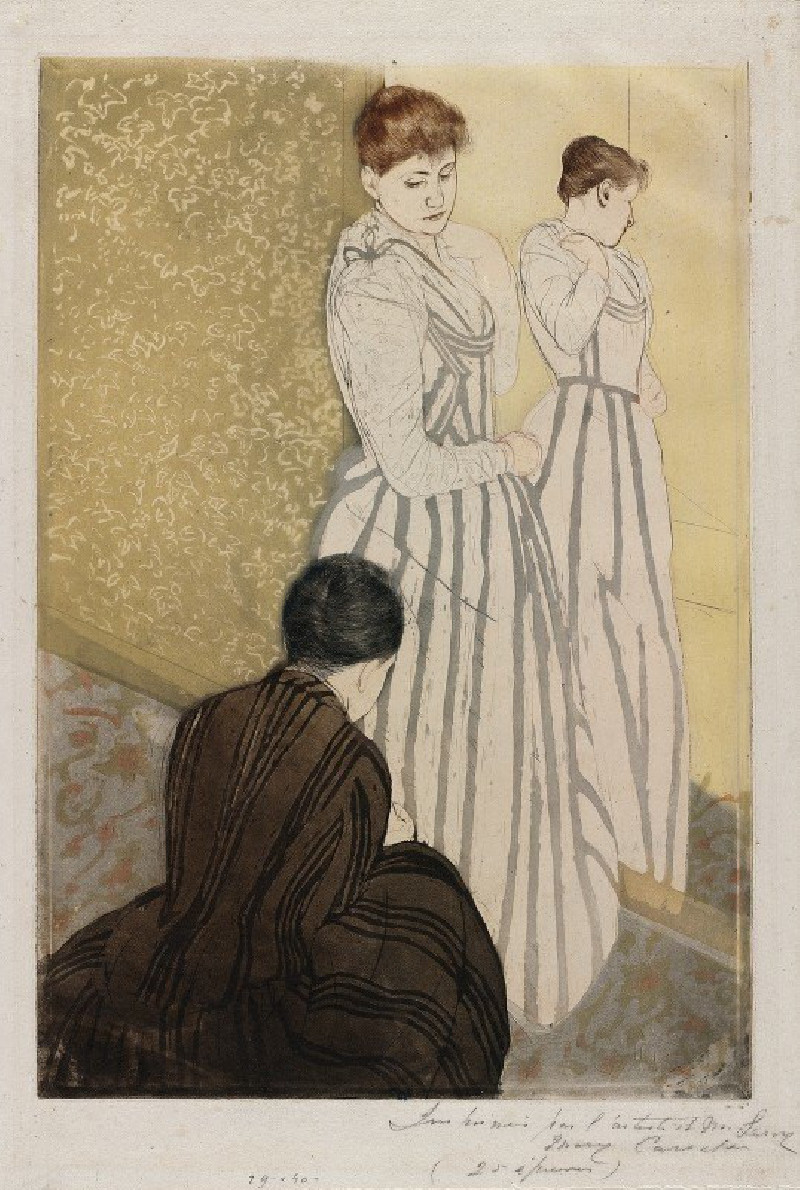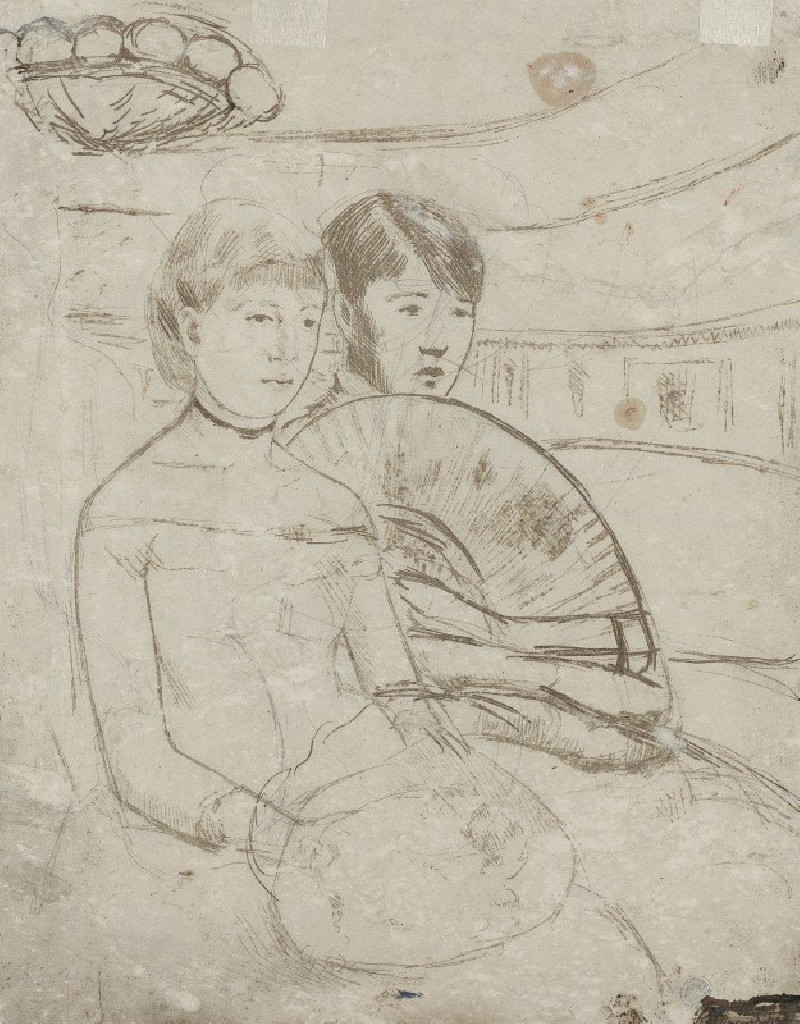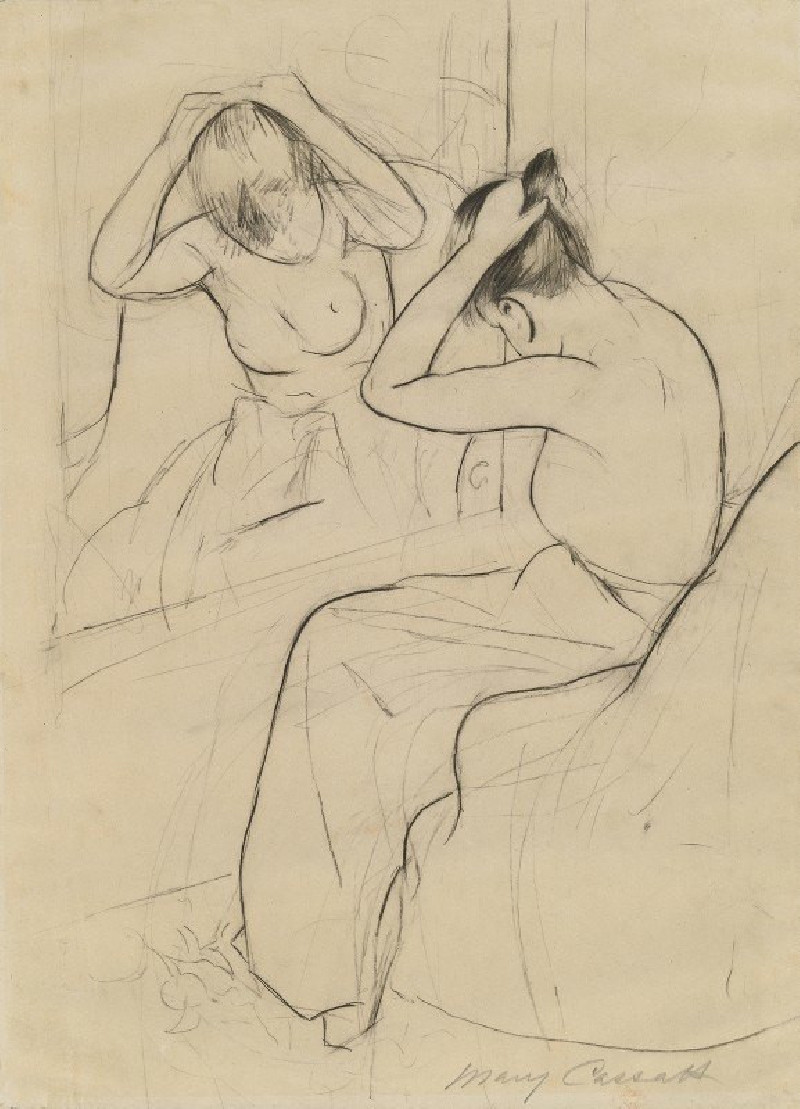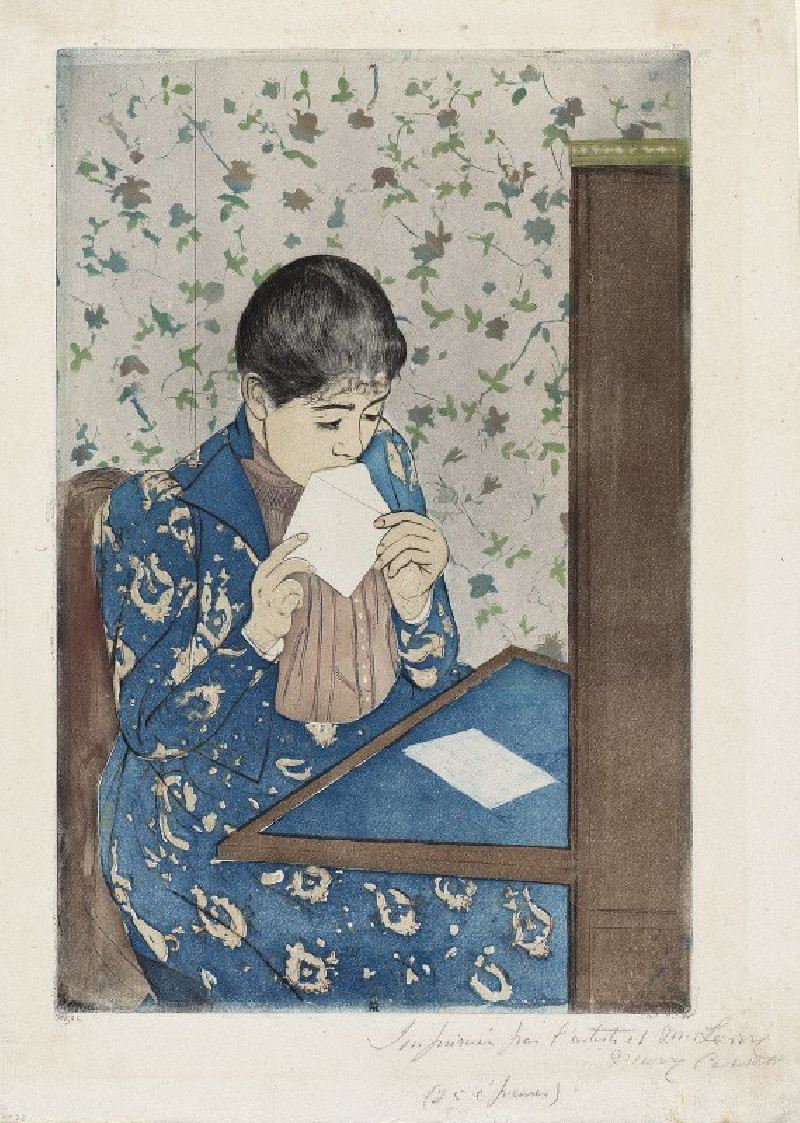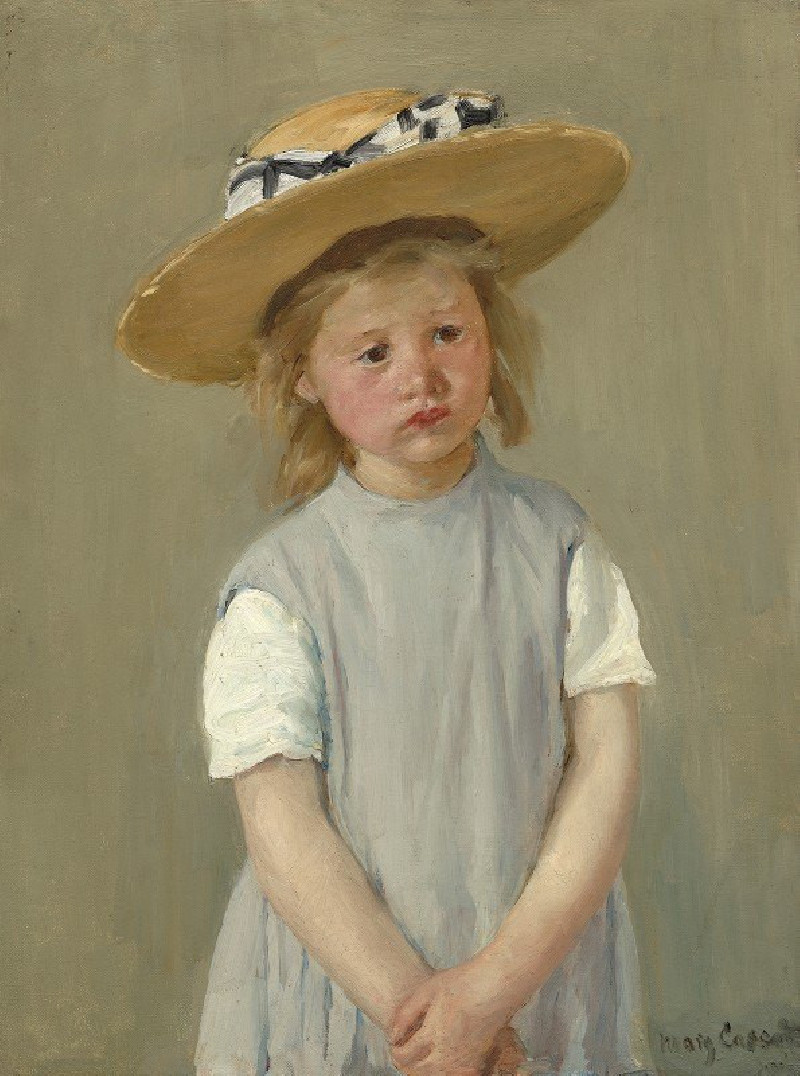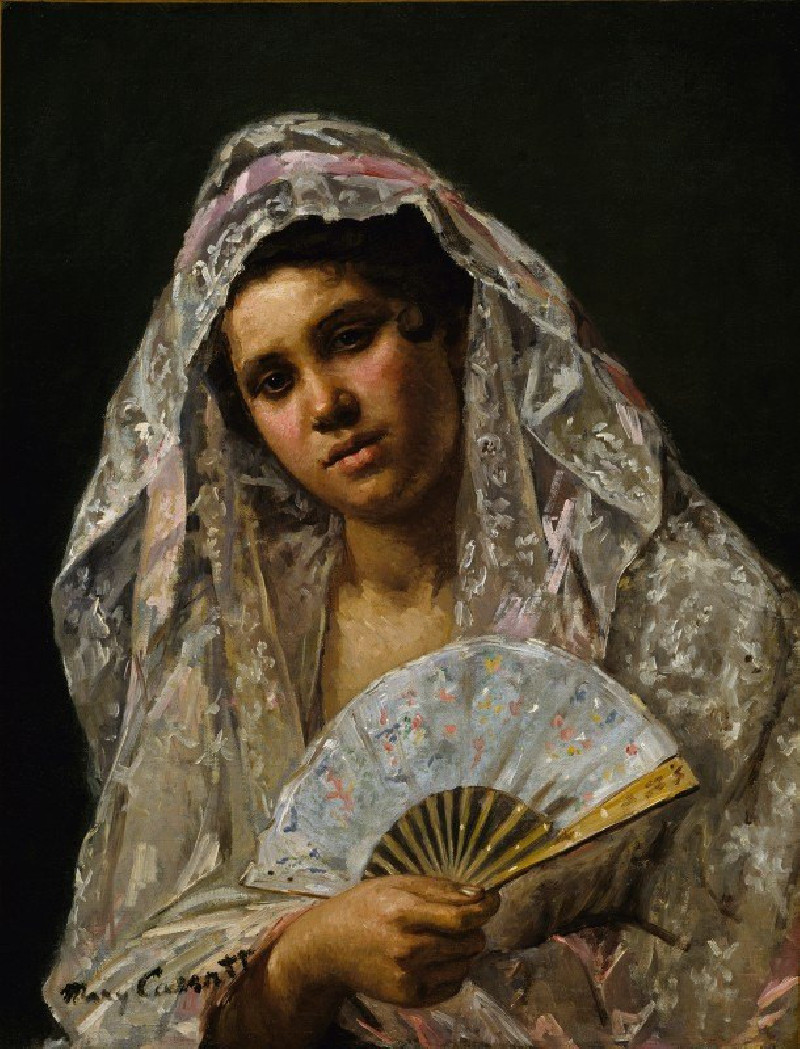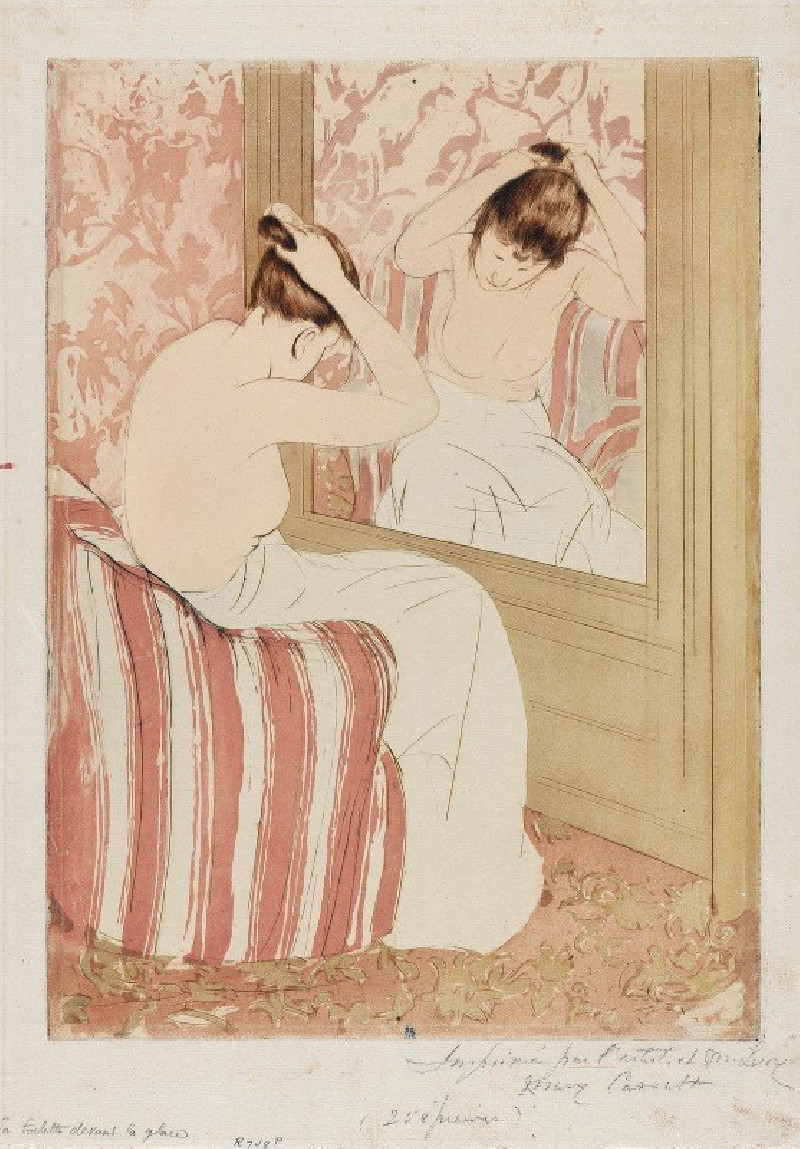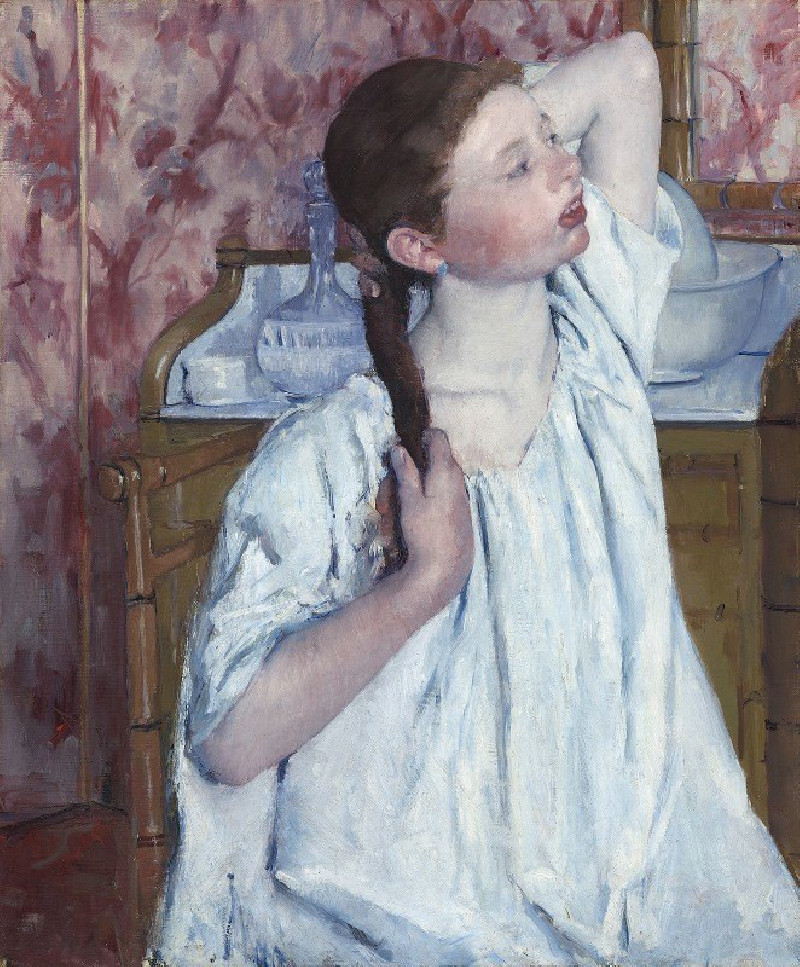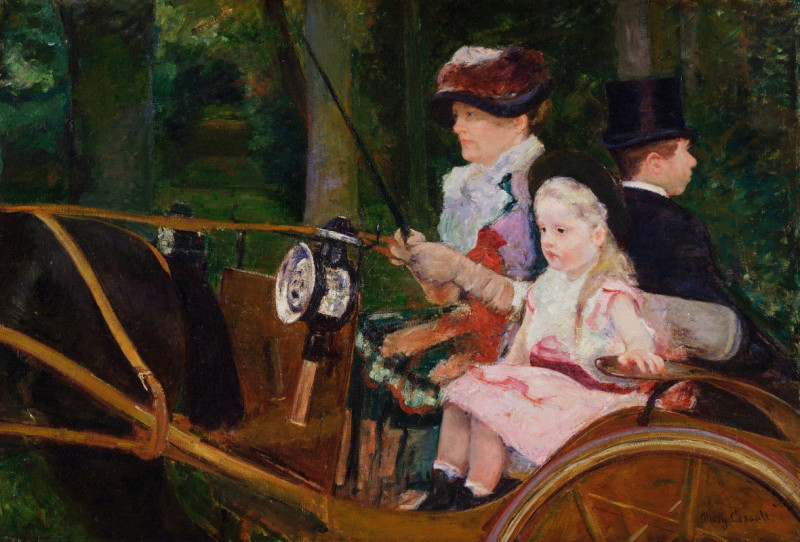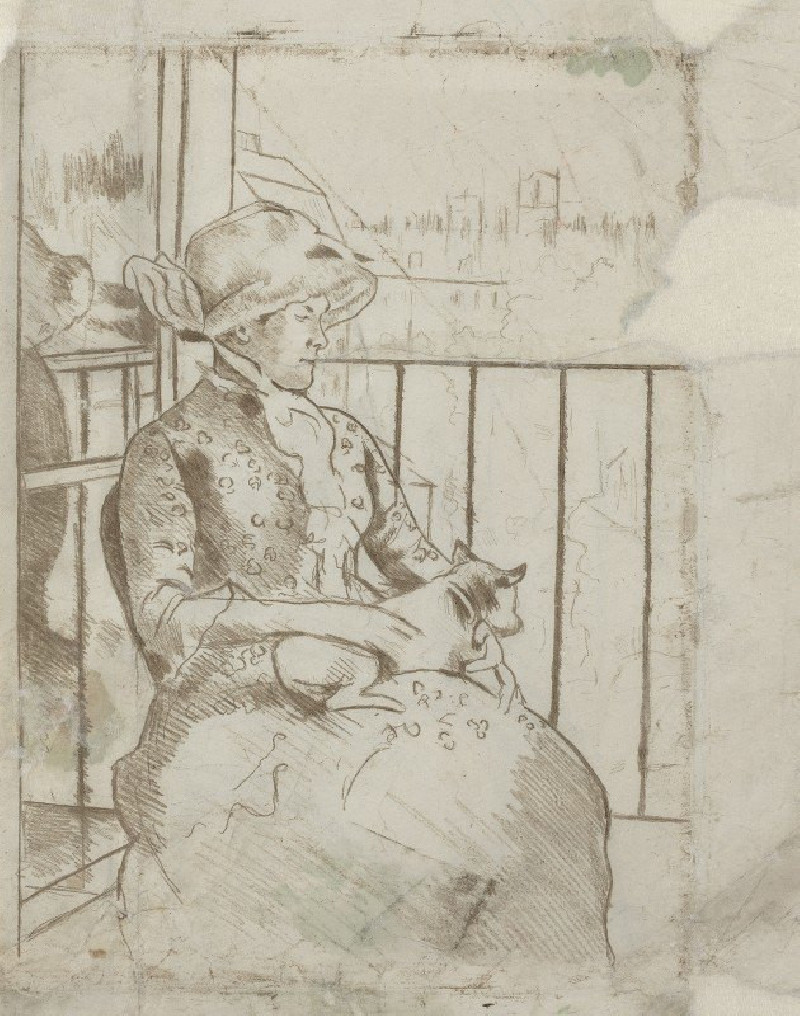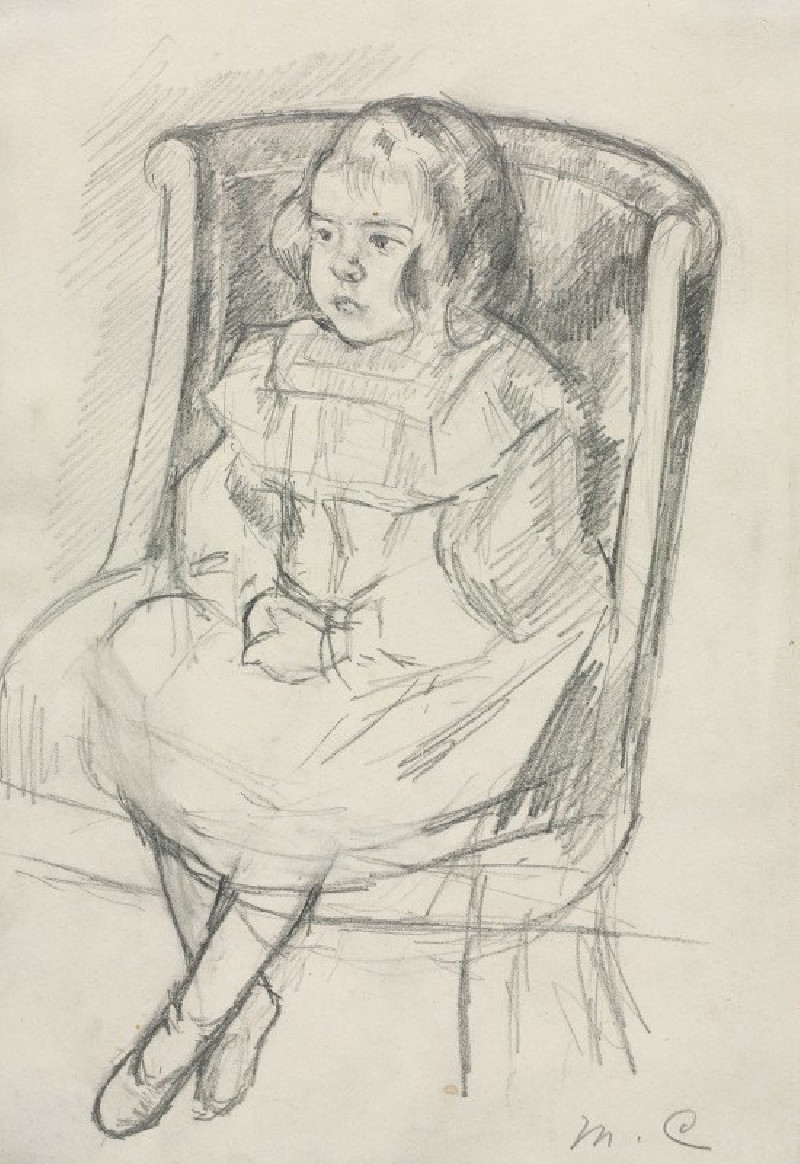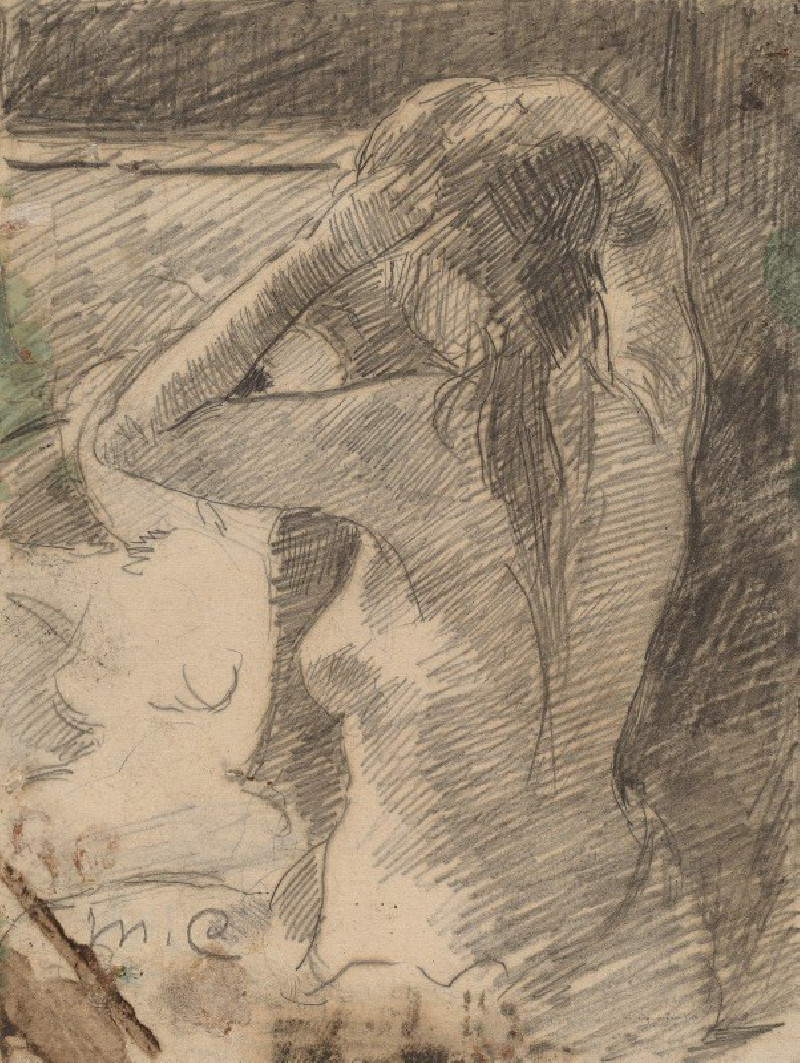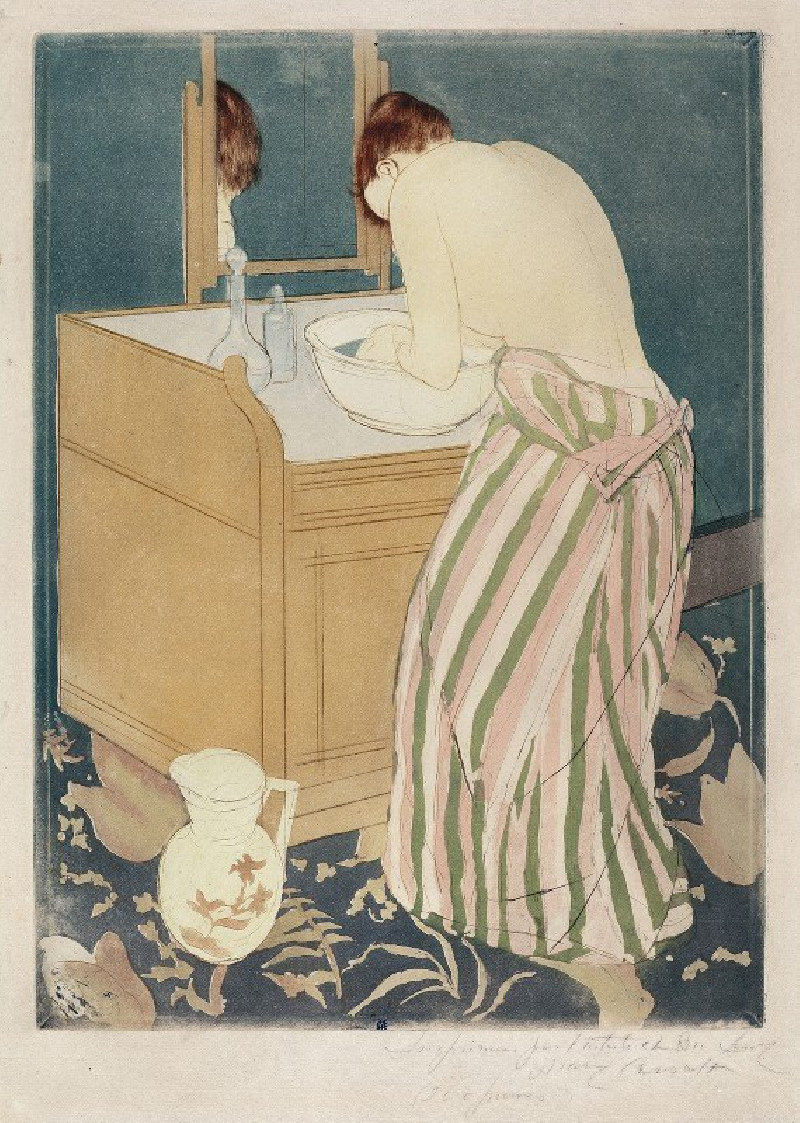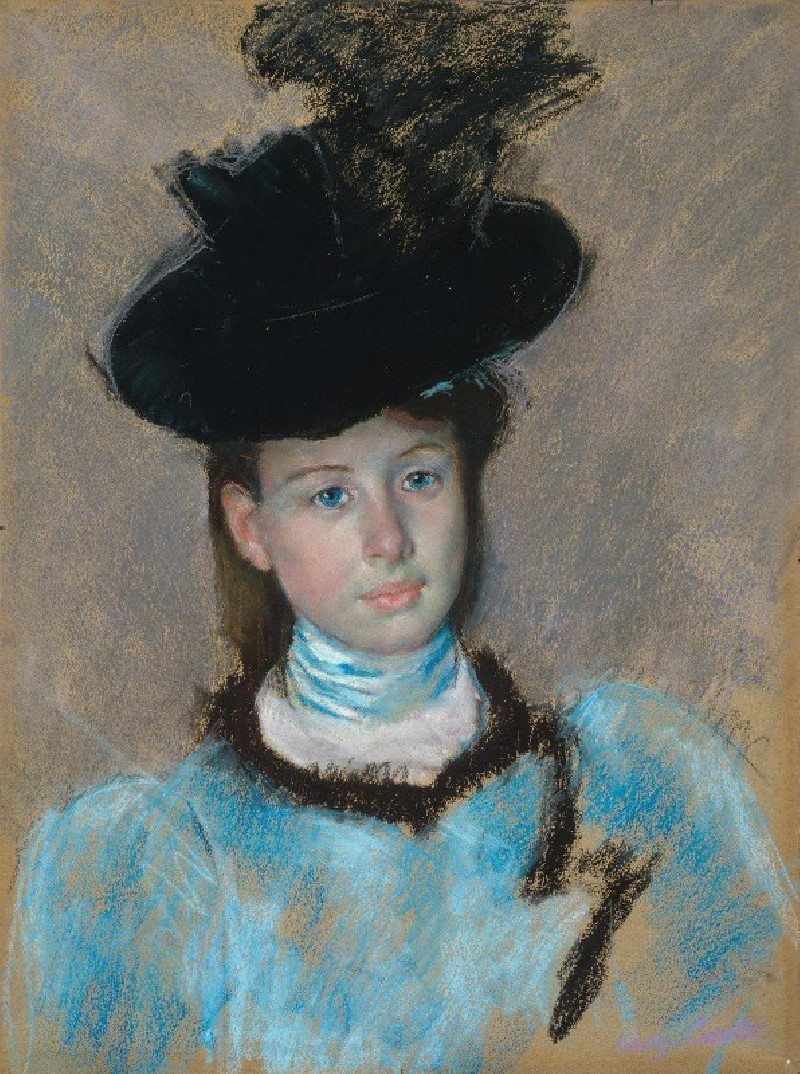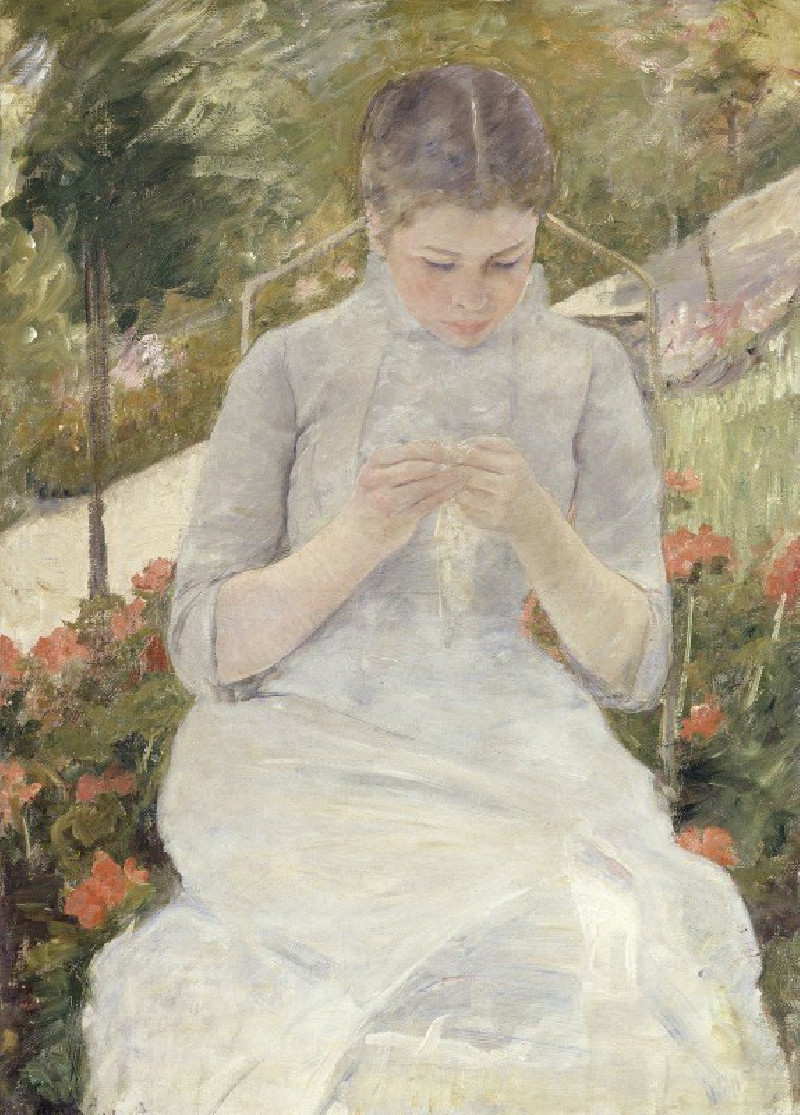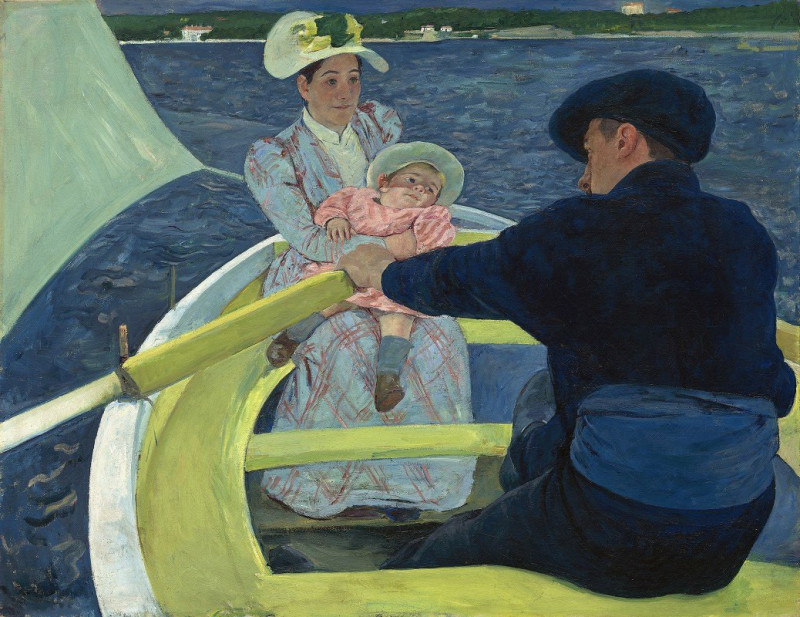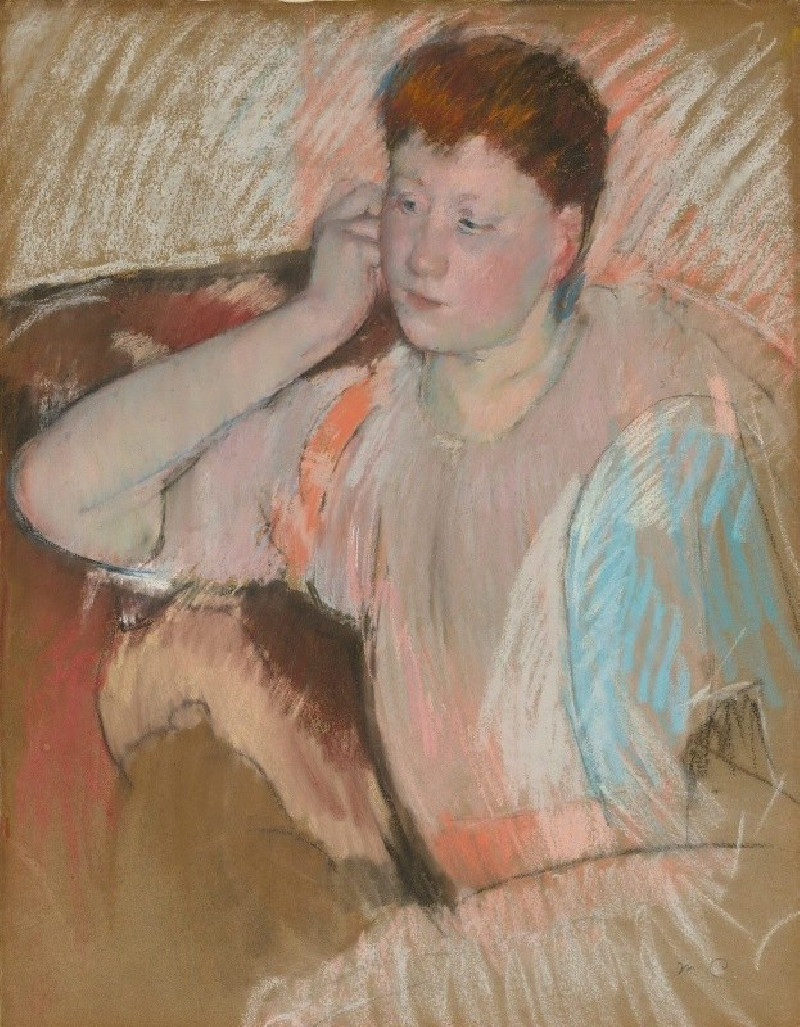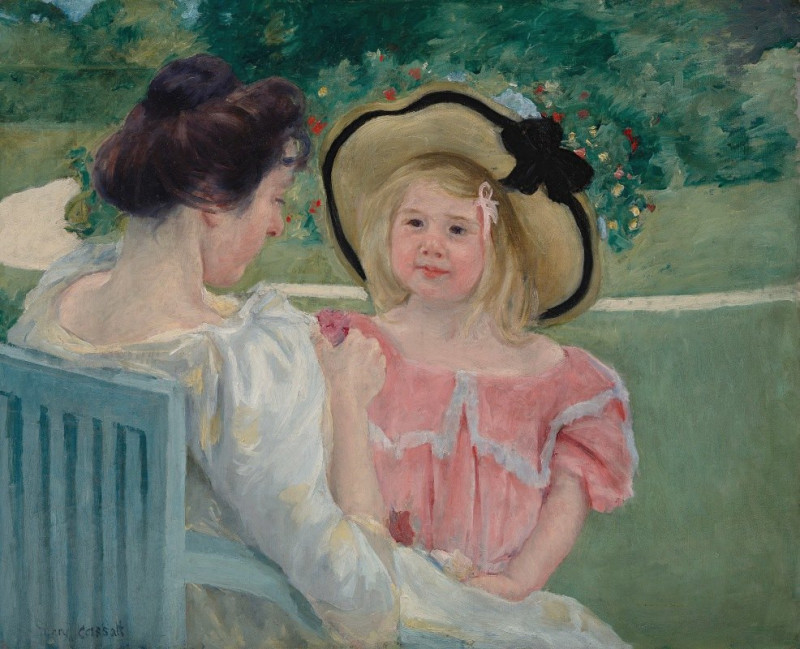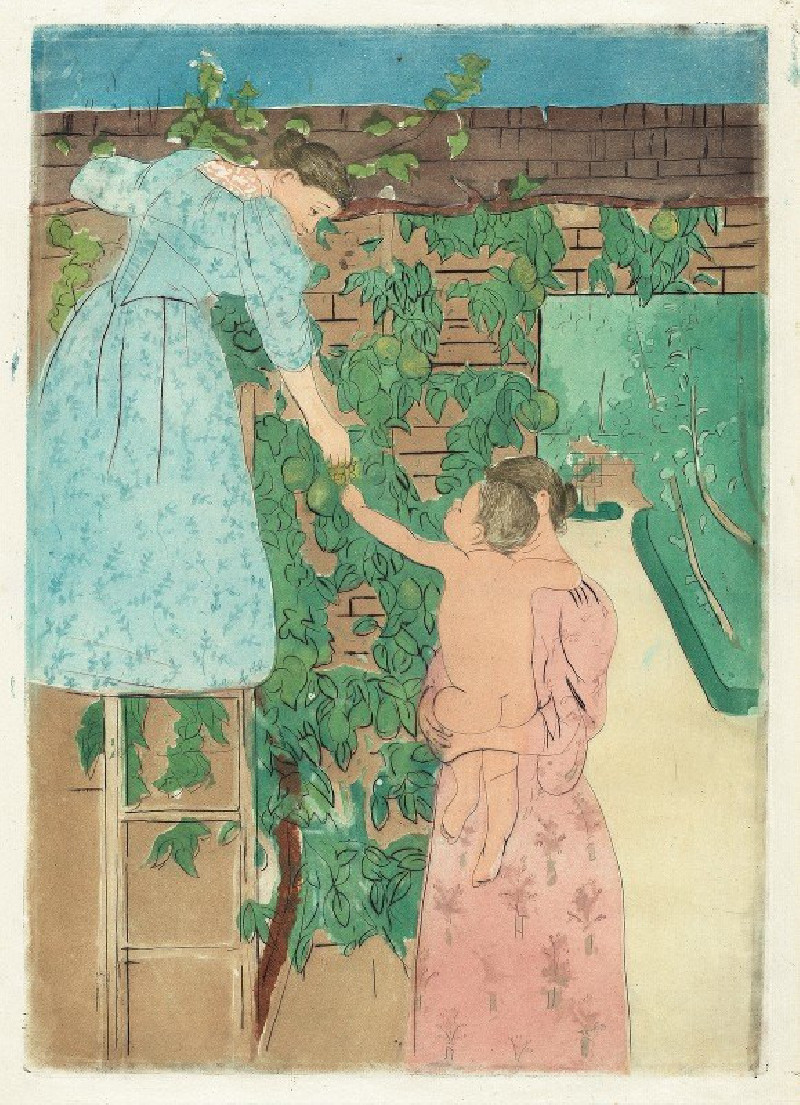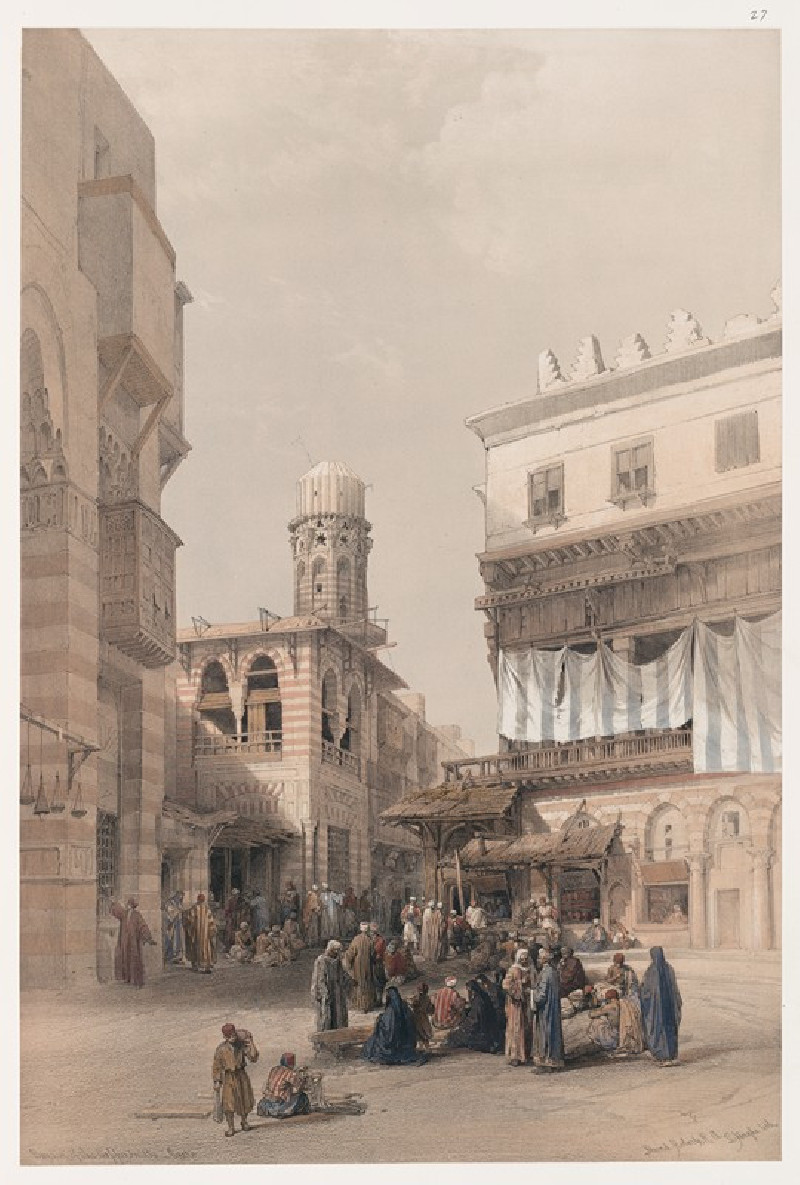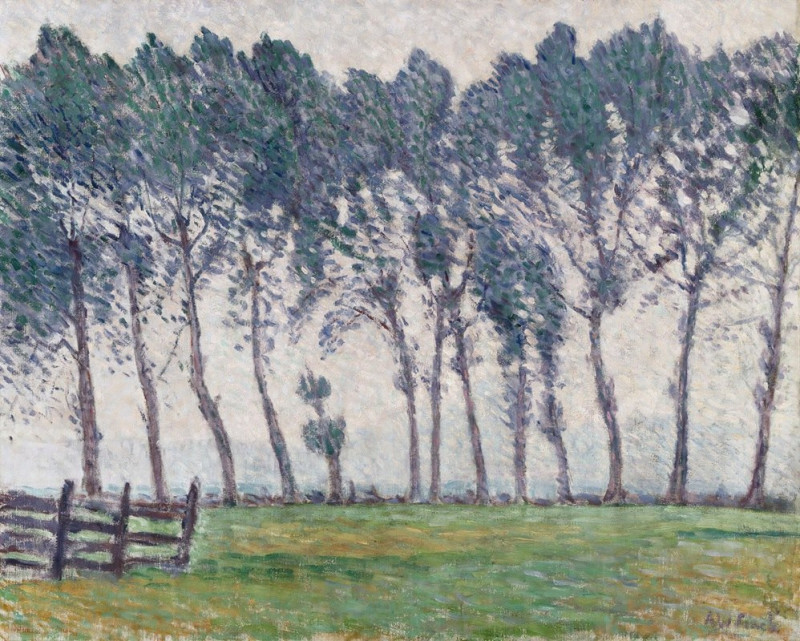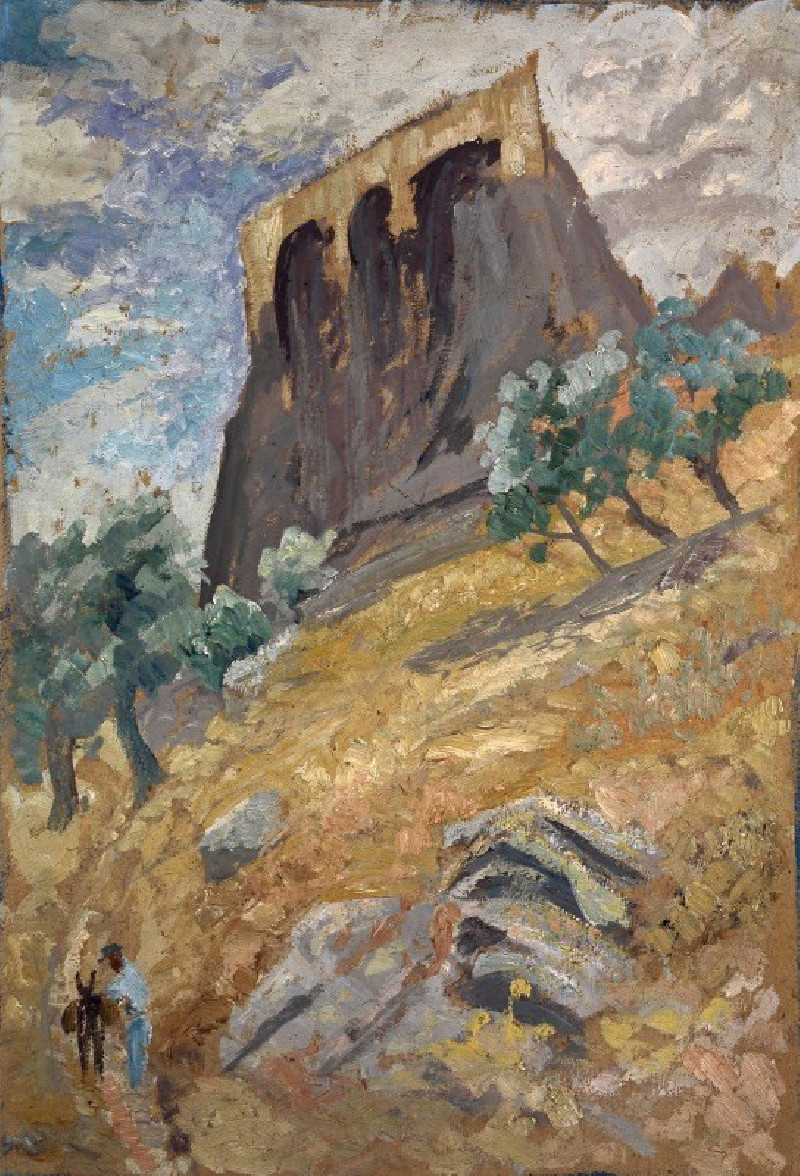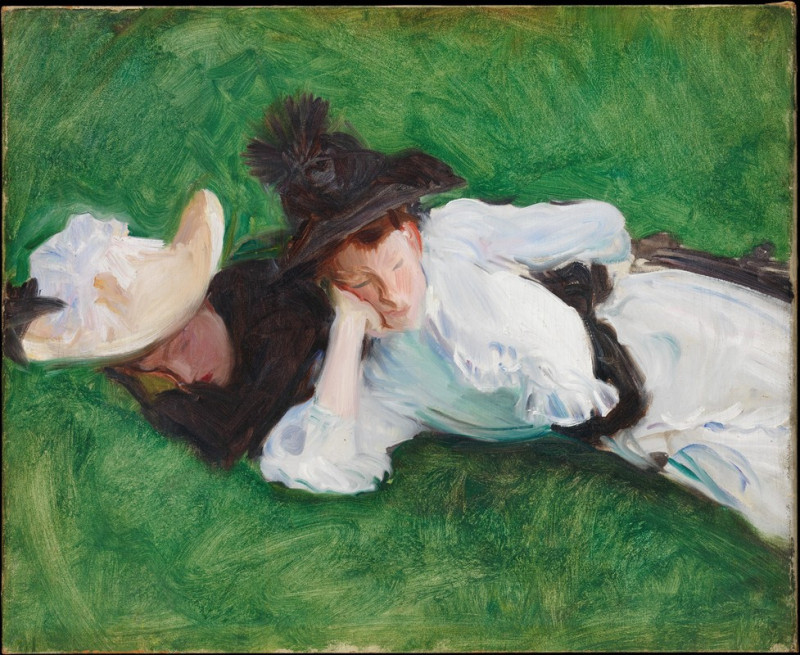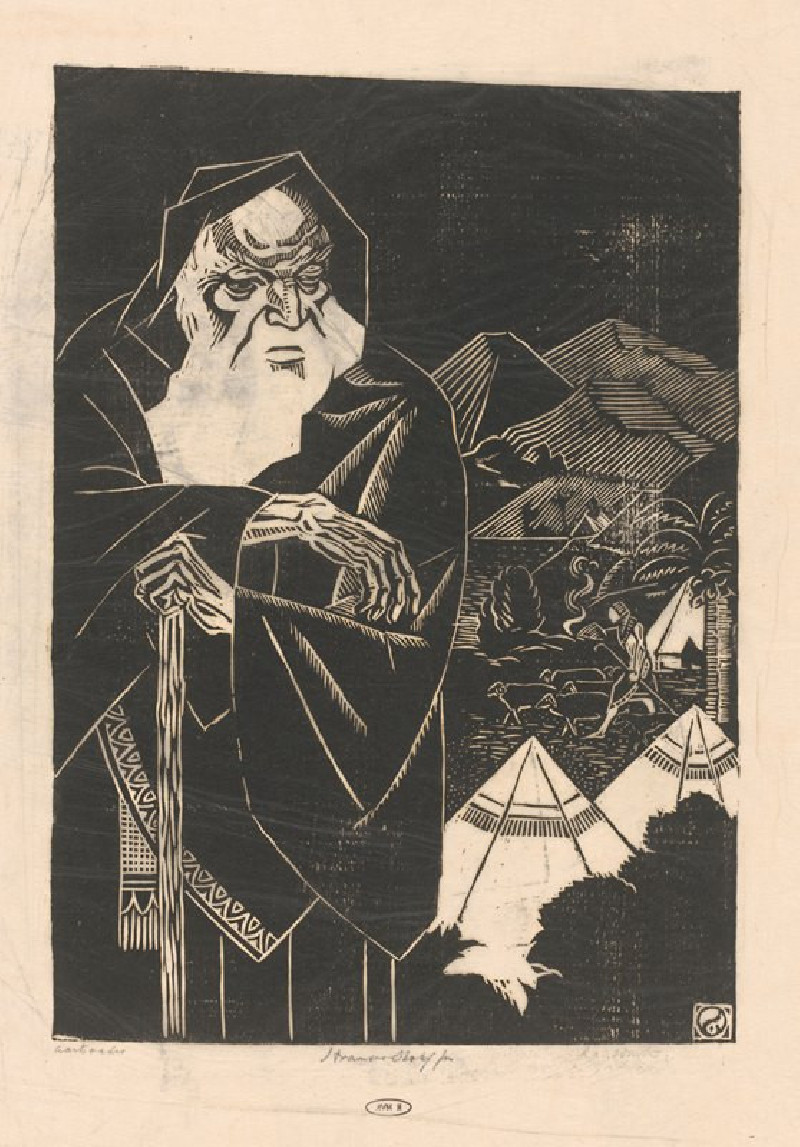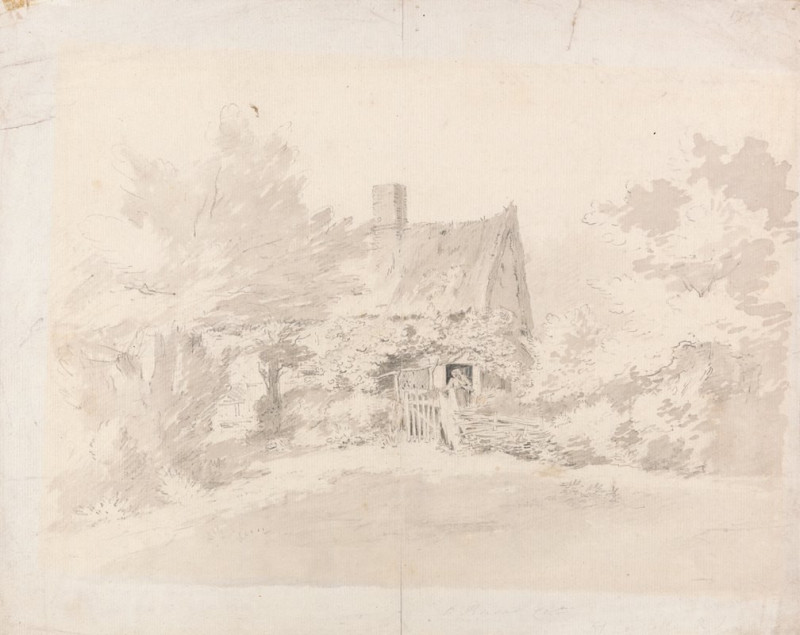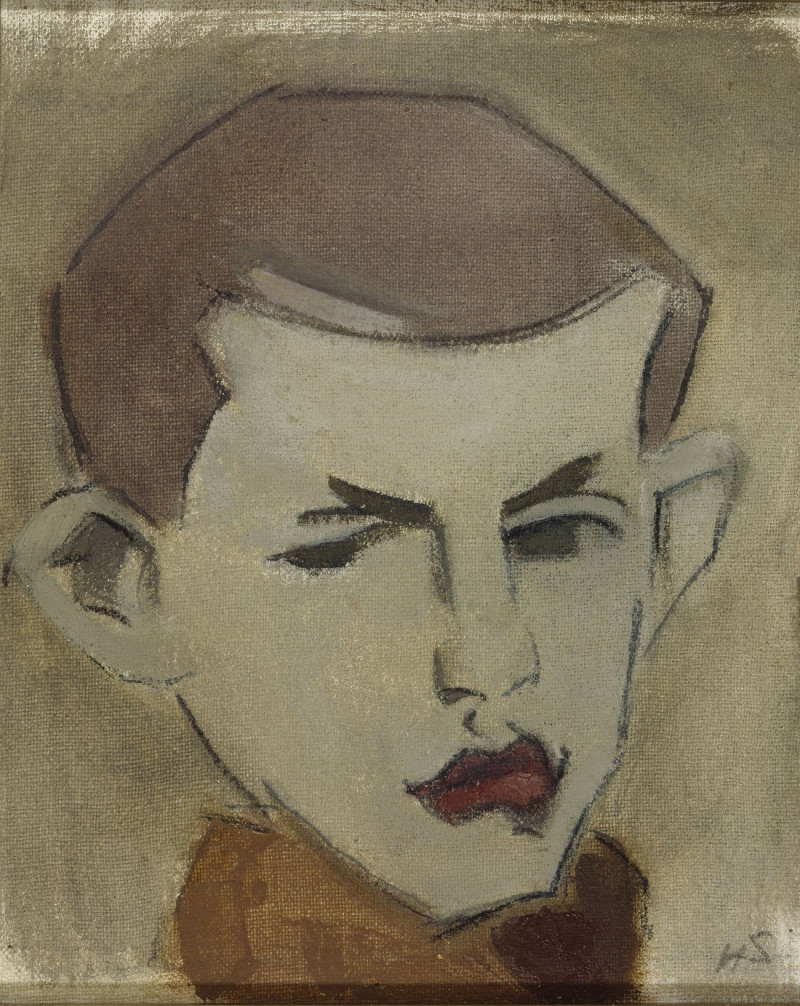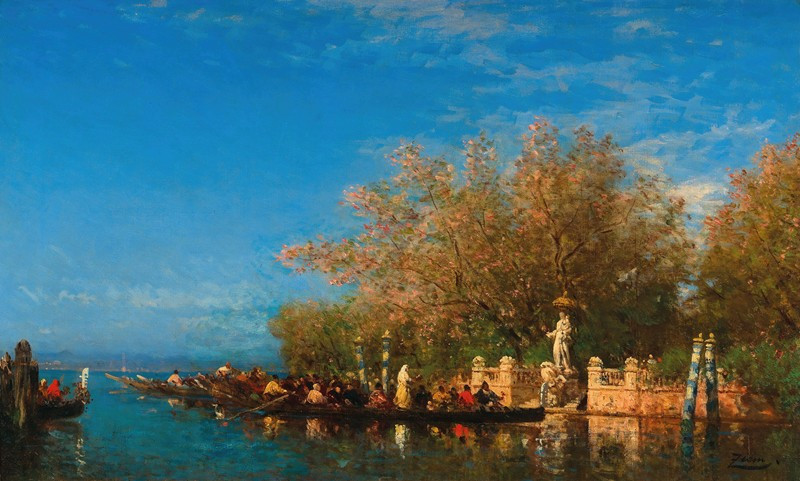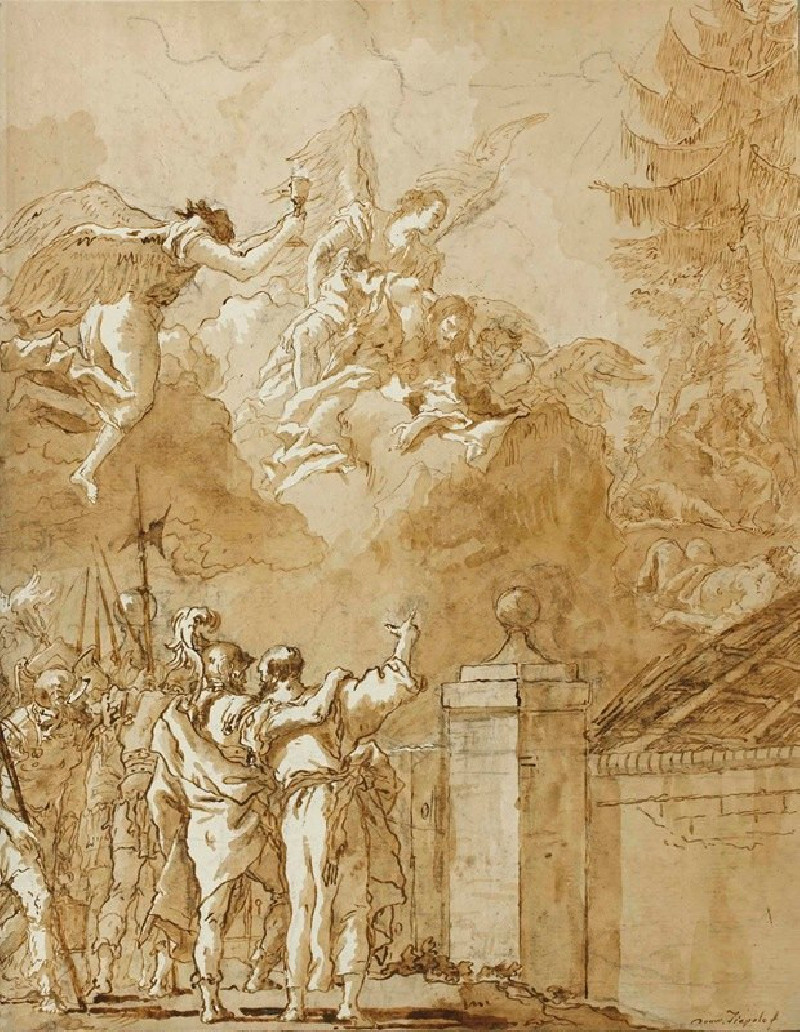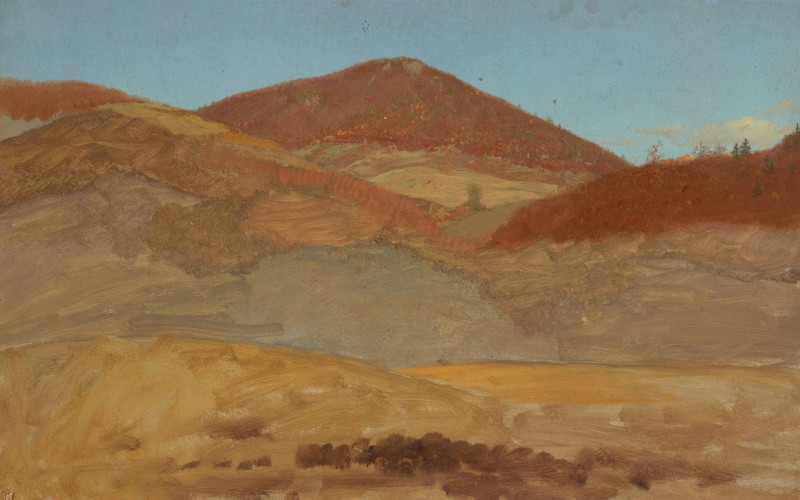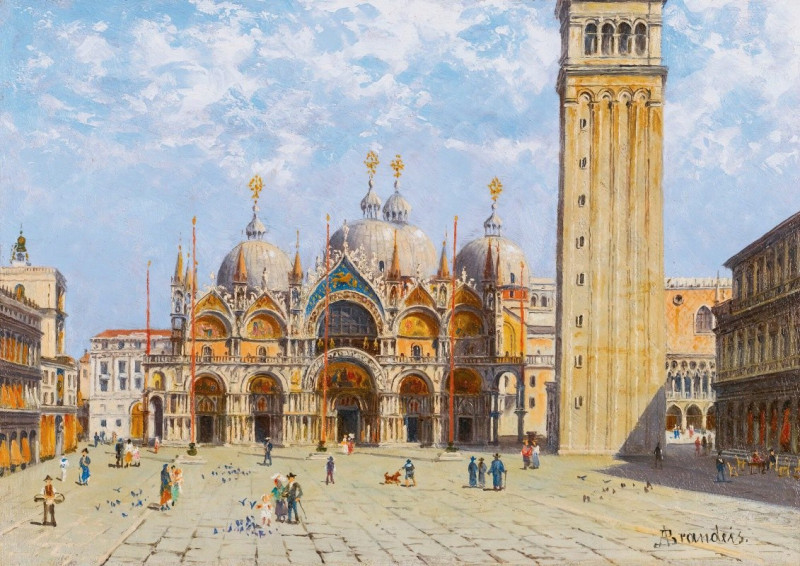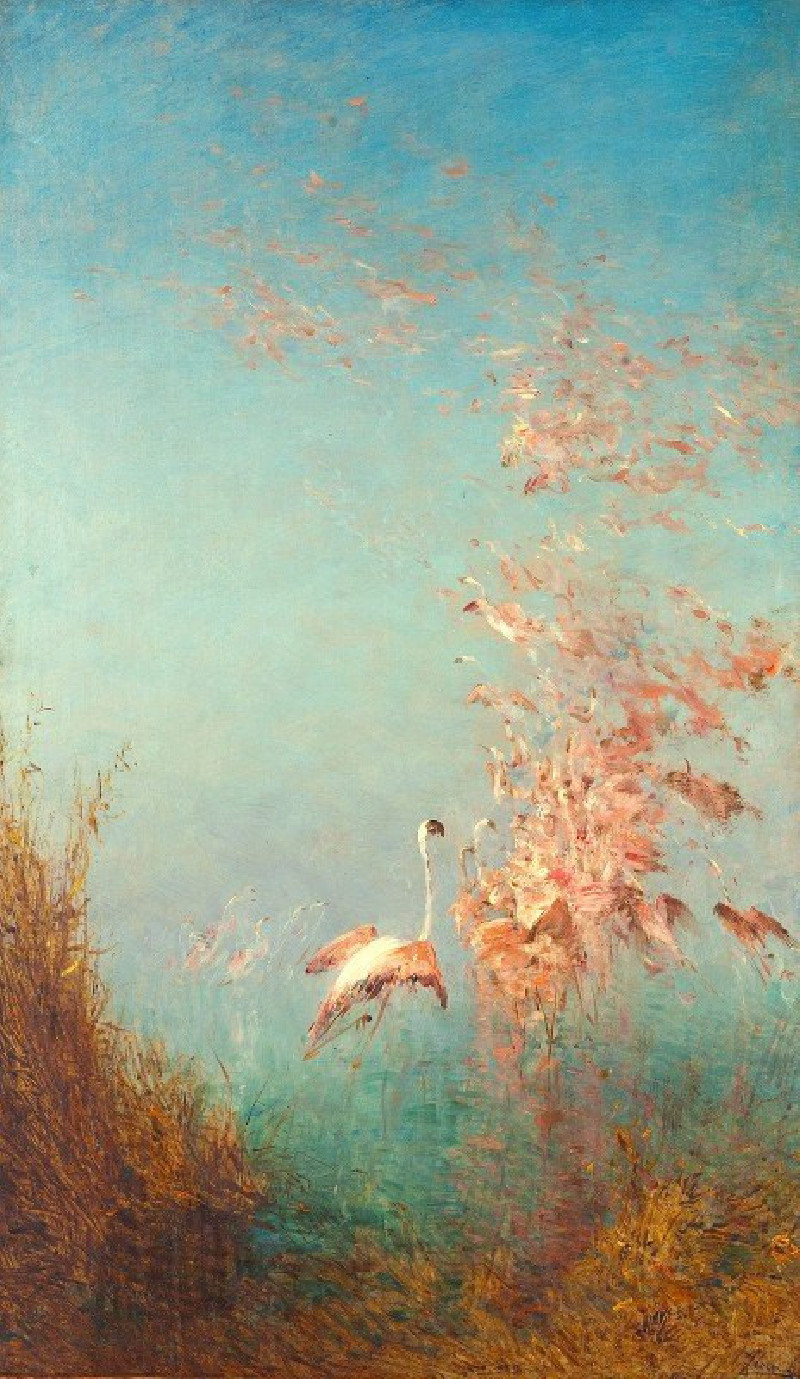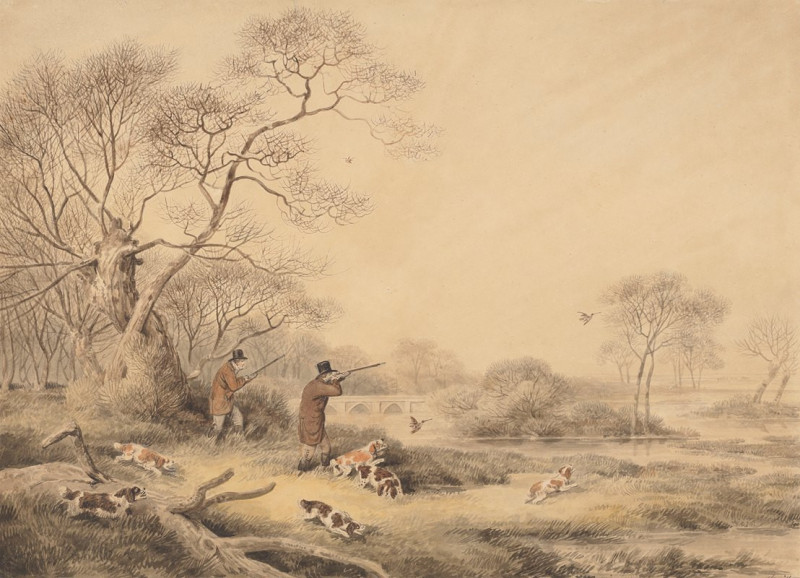The Bath (recto) (1890-1891)
Technique: Giclée quality print
Recommended by our customers
More about this artwork
Mary Cassatt's artistry in capturing the serene and intimate moments of everyday life shines brilliantly in her sketch titled "The Bath (recto)" from 1890-1891. This delicate piece portrays a tender scene between a caregiver and a child, evoking the warmth and closeness of maternal care.In the composition, the viewer observes a woman, attentively turned towards a large basin of water, gently preparing a bath for the young child by her side. The child, depicted with a curious and playful demeanor, is shown fumbling at the rim of the basin, virtually stepping into the caregiving space created by the adult's enveloping posture. The soft sketch lines and the intricate details of their expressions emphasize a moment saturated with care and attention.Cassatt's use of tender lines and subtle shading draws the viewer's eye to the interplay of hands and water, highlighting the sensory experience of the bathing ritual. The caregiver's calm and focused demeanor contrasts with the child's innocent exploration, capturing a universally resonant moment between adult and child.As one delves into this sketch, it becomes evident that Cassatt was not merely portraying a daily routine but was delving into the deeper narrative of connection and the nurturing roles often undertaken by women. This piece invites viewers to reflect on the quiet yet profound roles played out in the unsung moments of domestic life, a theme central to many of Cassatt's works."The Bath (recto)" stands as a testimony to the unique perspective Mary Cassatt brought to the world of art, marked by her keen ability to capture the essence of her subjects with warmth and genuine affection.
Delivery
Returns
Mary Stevenson Cassatt was an American painter and printmaker. She was born in Allegheny City, Pennsylvania (now part of Pittsburgh’s North Side), but lived much of her adult life in France where she befriended Edgar Degas and exhibited with the Impressionists. Cassatt often created images of the social and private lives of women, with particular emphasis on the intimate bonds between mothers and children.
She was described by Gustave Geffroy as one of "les trois grandes dames" (the three great ladies) of Impressionism alongside Marie Bracquemond and Berthe Morisot.In 1879, Diego Martelli compared her to Degas, as they both sought to depict movement, light, and design in the most modern sense.


